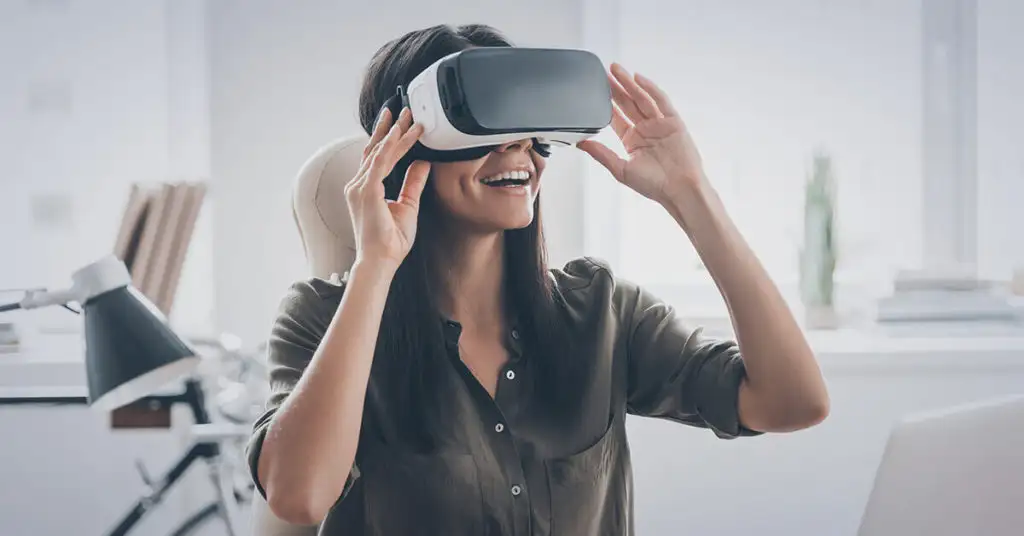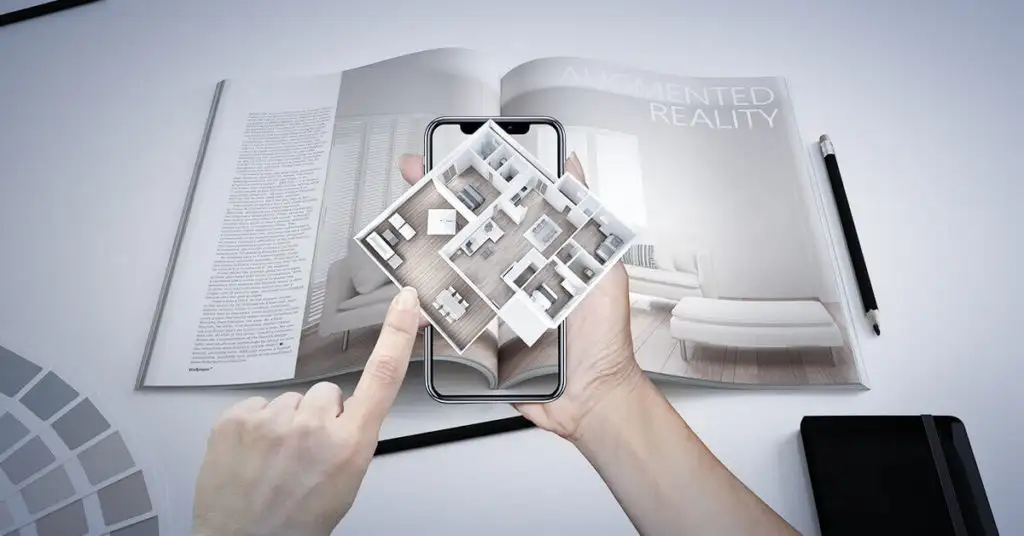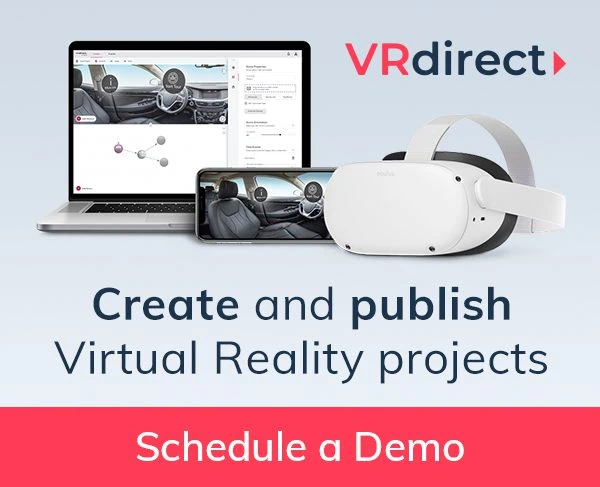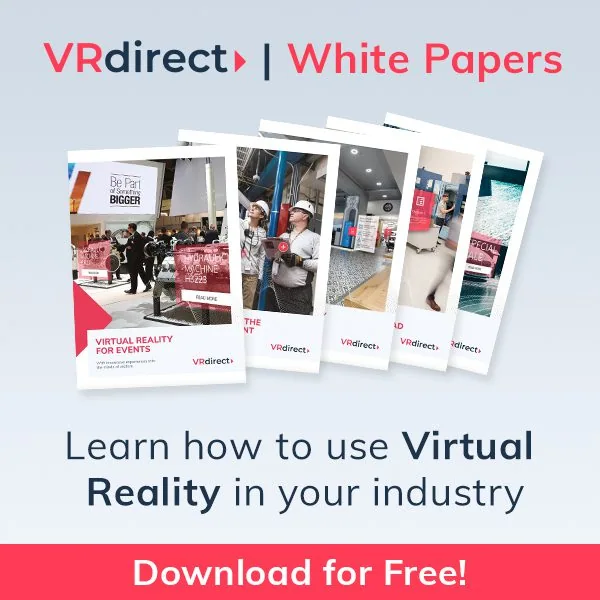With the rapid growth and diversification of disruptive technologies today, it’s difficult to keep up with the multitude of buzzwords and acronyms that define them. The first thing to know is that the “R” in “XR”, “AR”, “VR”, and “MR” stands for “Reality.” Each one of these forms of media fundamentally changes the user’s perception of reality. It’s the means by which they accomplish this that sets them apart from each other. So, let’s set the record straight and take a look at the definitions and why these terms are so important to be familiar with right now.
XR – Extended Reality
The abbreviation XR stands for “Extended Reality”. The term simply represents any sort of technology that alters reality for the user by blurring the line between real and virtual worlds. In this way, Augmented Reality, Virtual Reality, and Mixed Reality all fit under the umbrella of XR media. Having an all-encompassing term for these forms of media is necessary, as there will likely be other types of XR technologies developed in the near-future that are different from those that exist today.
VR – Virtual Reality
The word Virtual Reality (VR) refers to any experience that completely obscures the user’s view of the real world and supplants it with a digitally-generated virtual environment. The possibilities in a Virtual Reality environment are endless, as the user enters an entirely new world of perception. Some artificial environments are designed and developed to be photorealistic, emulating the real world, while others may aim for different art styles or aesthetics.
Virtual Reality can be experienced on a variety of different devices, ranging from mobile phones to powerful PCs and headsets like the HTC Vive or the Meta Quest 2. Each device has its own parameters for how Virtual Reality is displayed and interacted with, and how the player navigates the environment. The true potential of Virtual Reality, no matter the platform, is in the hands of the creators. Creating Virtual Reality experiences used to be restricted to designers and developers alone, but now with the development of user-friendly, drag-and-drop Virtual Reality software, anyone can give it a try. Virtual Reality’s growing accessibility has increased its prominence across all industries and is nowadays integrated in many standard business processes. What is the difference between AR and VR?

If you want to know how to use Virtual Reality for your business case schedule a free demo.
AR – Augmented Reality
The term Augmented Reality (AR) imposes digital content onto a real-world environment through a viewing device such as a phone or headset. A notable example of AR is Snapchat, which uses facial recognition software to place 3D content on and augment the expression of a user’s portrait in real time. Another is Pokémon Go, which has captivated the world with its ability to place Pokémon characters at specific GPS locations in a real-world environment. The app, published in 2016, was the first cultural touchstone for AR. Aside from gaming and messaging, however, AR has also found a place in education, industry, and many other disciplines.

Mixed Reality vs Augmented Reality
The definition of Mixed Reality (MR) is probably the XR term that gets the most confused and misused. Many consider it to be different from AR, but in actuality, MR is a subset of AR. Mixed Reality experiences involve the co-existence and interaction of real-world and virtual objects, producing new environments and visualizations. While AR involves the combination of both the digital and physical worlds, it’s doesn’t always involve an interaction between the two. Experiences that do, however, are both considered Augmented and Mixed Reality. Snapchat’s filters, for example, are an AR feature, while the ability to map 3D content to an object in a repair app is an MR feature.
Read also how to integrate 3D models into your VR projects: https://www.vrdirect.com/blog/vrdirect-products-news/3d-models-in-the-vrdirect-studio/

The Future of XR
XR technologies are becoming more and more prevalent in our lives each day. Several factors will further bolster their prominence in the near future, such as the increased affordability of hardware like headsets and the further advancements of computer vision technology to track physical environments. This diverse and intricate field is only going to become more exciting and revolutionary as time goes on. For that reason, it’s good to know the terminology and that VRdirect is already taking a huge leap towards making the Virtual Reality technology accessible for anyone. Just download the VRdirect Studio to your computer and learn how to create Virtual Reality projects.
If you are interested in getting some examples of how Virtual Reality can support your company’s vision, you are invited to schedule a free and personal consultation call with one of our experts.





